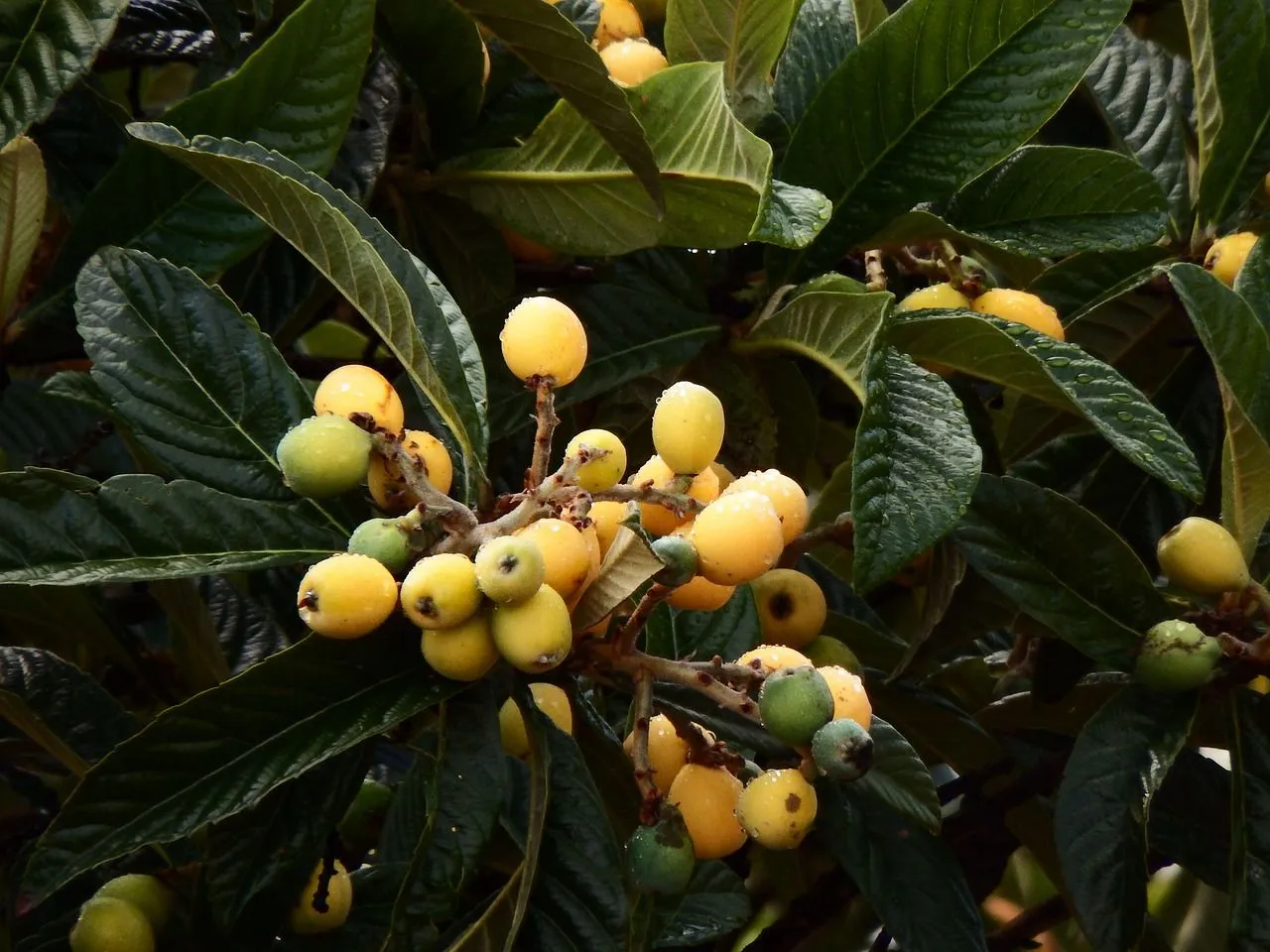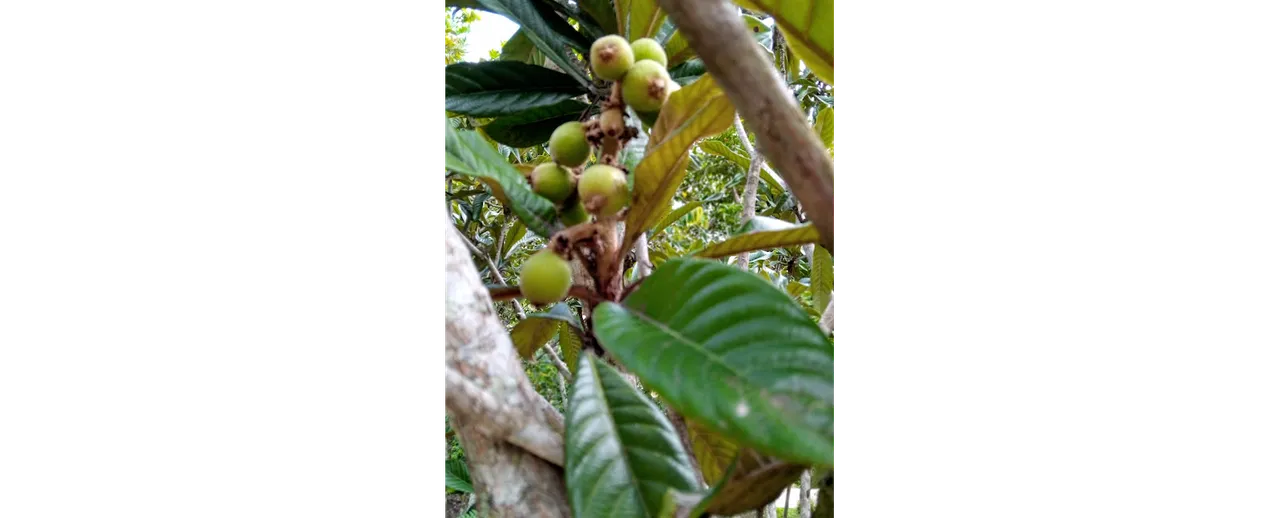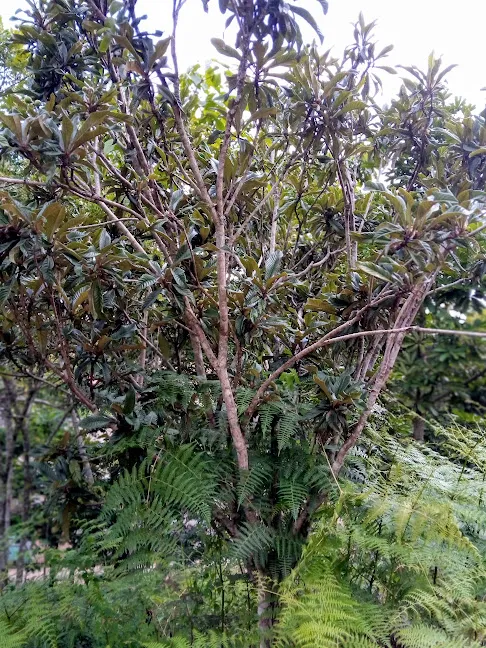Friends of #Hive . Today's topic is about a plant called "Japanese loquat" this plant is native to Japan as its name suggests, for me it is emblematic, because it reminds me of a beautiful stage of my childhood and adolescence. Every time it was fruit season, my brothers and I, until we did not see it unloaded, we did not stop eating those delicious, sweet and sour and juicy loquats from Japan. Which by the way were from a neighbor's yard. I hope you like it.

I will explain some of its characteristics, from planting to harvesting, taking advantage of the fact that in the Bosquecito of our urbanization, it is being planted along with another variety of plants. It is worth mentioning that this land is part of the green areas, and for a few years now, a group of ecological neighbors have been in charge of maintaining and protecting it, together with those of us who live there.
Árbol frutal perenne de familia Rosaceae, originario del sudeste de China, donde se conoce como pípá, 枇杷. Fue introducido en Japón, donde se naturalizó y donde lleva cultivándose más de mil años.
Nombre científico: Eriobotrya japonica
Familia: Rosaceae
Clase: Magnoliopsida
División: Magnoliophyta
Especie: E. japonica; (Thunb.) Lindl., 1821
Orden: Rosales
Reino: Plantae
Japanese medlar tree
Perennial fruit tree of the Rosaceae family, native to southeastern China, where it is known as the Japanese loquat, 枇杷. It was introduced to Japan, where it became naturalized and where it has been cultivated for over a thousand years.
Scientific name: Eriobotrya japonica
Family: Rosaceae
Class: Magnoliopsida
Division: Magnoliophyta
Species: E. japonica; (Thunb.) Lindl., 1821
Order: Rosales
Kingdom: Plantae



Las semillas o huesos del níspero, se pueden sembrar directamente en la tierra, así como también por germinación lo cual es más recomendable. Una vez que nos hayamos comido el fruto, la semilla se lava bién y se procede a la siembra. Esta germinará en el lapso de un mes aproximadamente. Su crecimiento es lento ya cuando ha brotado la plántula. Es de fácil propagación, puede alcanzar hasta unos cinco metros entre follaje y altura.
For the Sowing...
The seeds or bones of the loquat, can be sown directly into the ground, as well as by germination which is more advisable. Once we have eaten the fruit, the seed is washed well and proceeds to planting. It will germinate in approximately one month. Its growth is slow once the seedling has sprouted. It is easy to propagate, it can reach up to five meters between foliage and heigh



El níspero presentan niveles destacables de taninos, confiriéndole propiedades antiinflamatorias y astringentes, ideal para personas con trastornos gastrointestinales. El consumo de nísperos funciona como diurético, ya que aumenta la producción de orina y facilita la eliminación de piedras
Its properties
Loquat has remarkable levels of tannins, giving it anti-inflammatory and astringent properties, ideal for people with gastrointestinal disorders. The consumption of loquats works as a diuretic, since it increases urine production and facilitates the elimination of stones.




Las fotografías, fueron tomadas con mi telefono Nokia TA-1214
Separadores
Traductor
Bibliografía
Bibliografía

